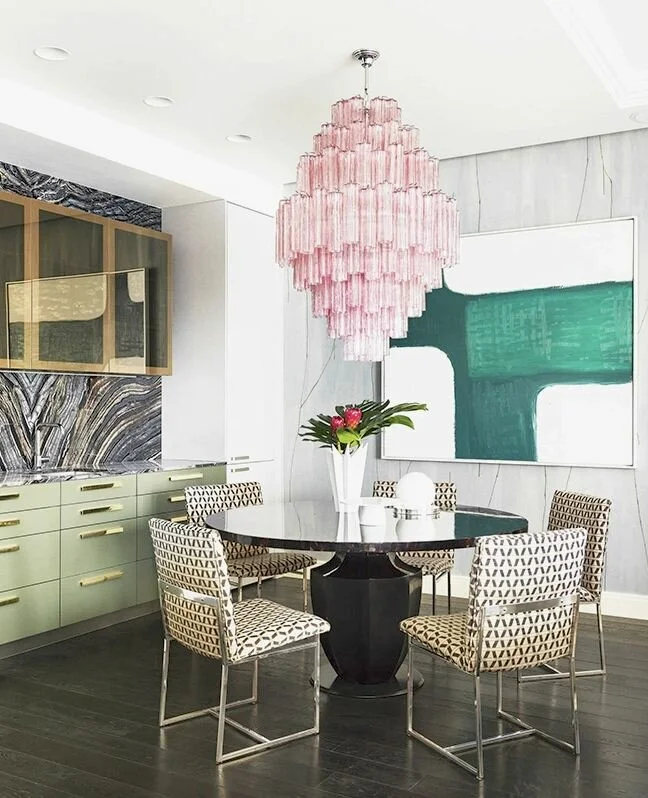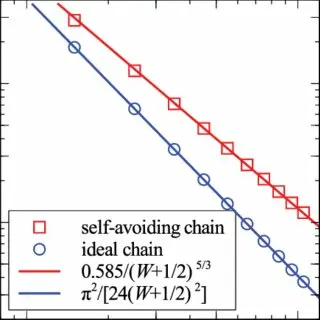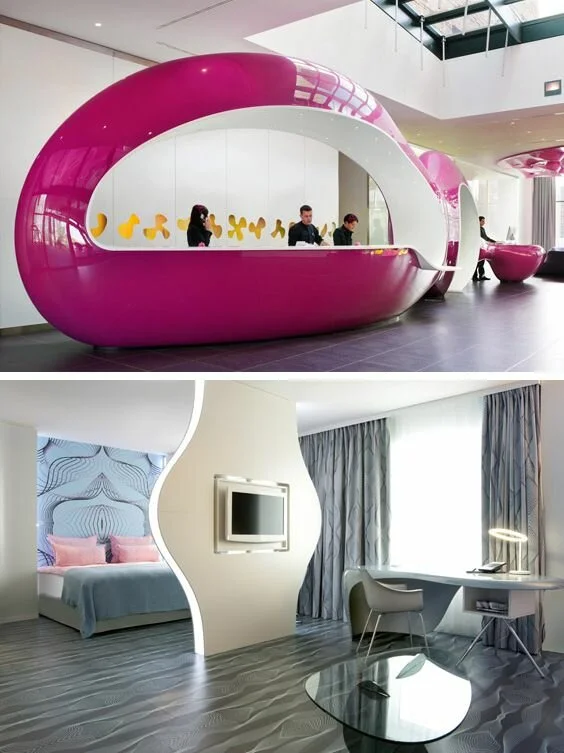For its history, the Kremlin’s face has changed many times. It all started with the fact that in 1156 on the bank of the Moskva River Yury Dolgoruky built the first fortifications with a total length of 850 meters and an area of about 3 hectares. This fortress suffered more from accidental fires than from enemy raids. In 1337 the fire completely destroyed the pine walls and towers.
In the year 1339 Ivan Kalita laid in Moscow on the site of the destroyed Kremlin Kremnik new Kremlin of oak logs. It was during this period that the fortress became the political center of the feudal state, the residence of the grand dukes and metropolitans. True, the oak Kremlin did not last long, in 1365 he, like his predecessor, burned down.
Grand Duke Dmitry Donskoy decided that the wooden Kremlin does not correspond to its status, and ordered the construction of a fortress of white stone, which was brought from the Kolomna district. Construction began only in 1367. The walls were built at a rapid pace more than 2000 people. As a result, the white-stone Kremlin, which has grown to almost the size of modern, managed to be built in just one year.
However, already in the second half of the 15th century, the white-stone Kremlin was decaying, as limestone did not have sufficient strength. After several fires, the walls were so patched that in the 1470s they seemed to the Italian traveler Contarini wooden.
In 1480 the prince Ivan III in order to restore the prestige of Moscow, ordered the laying of new walls, made of red brick. The construction was commissioned by an Italian (“Fryazh”) architect. Since then, the Moscow Kremlin has been rebuilt and reconstructed many times.
How the Moscow Kremlin changed, look in the infographics of AIF.ru.



